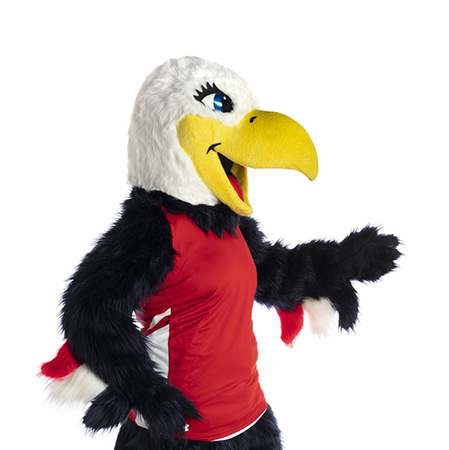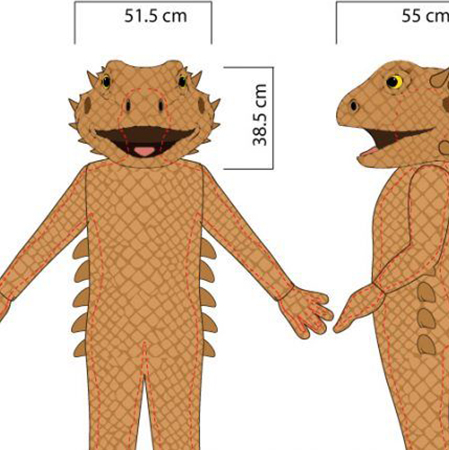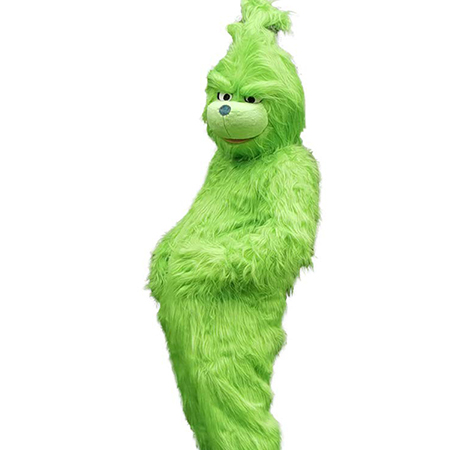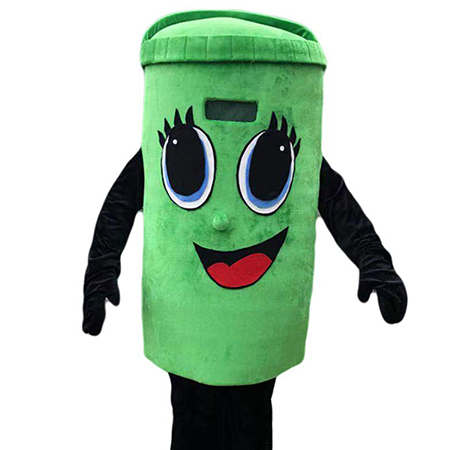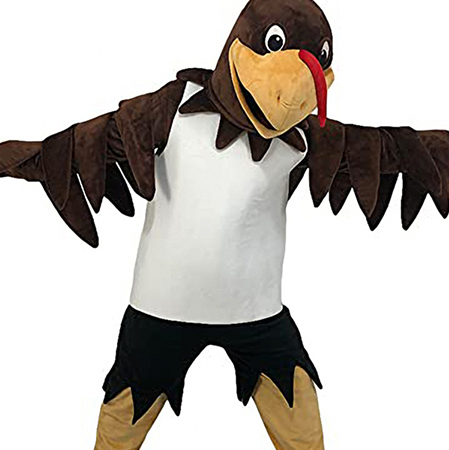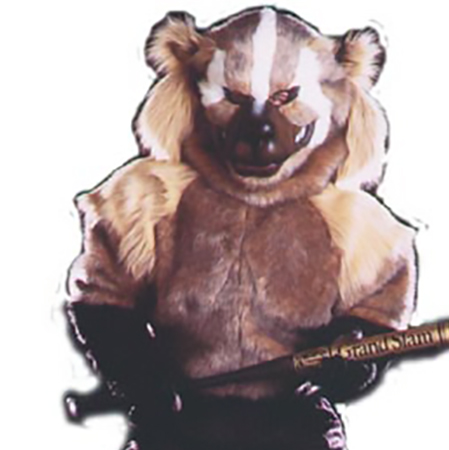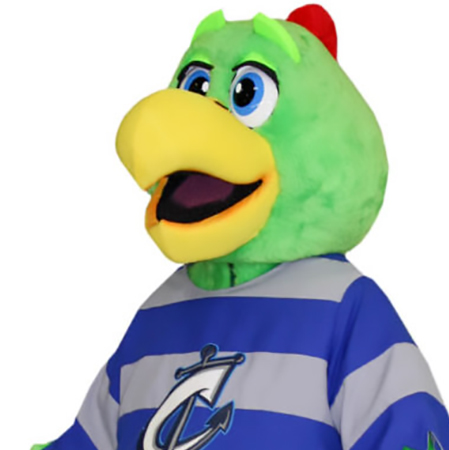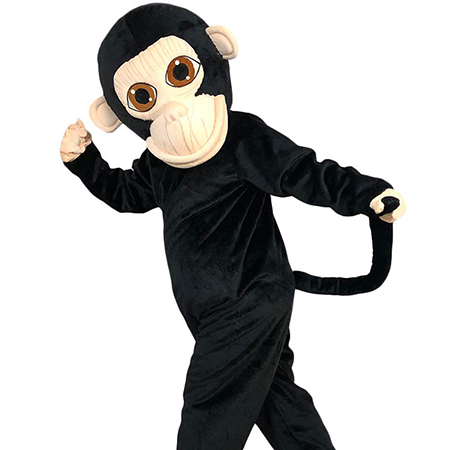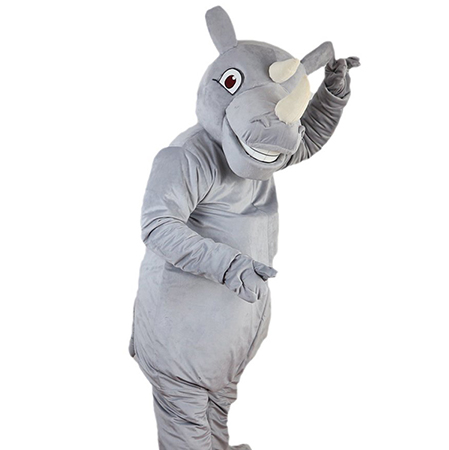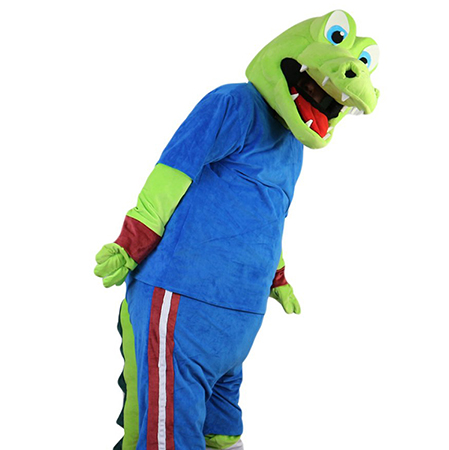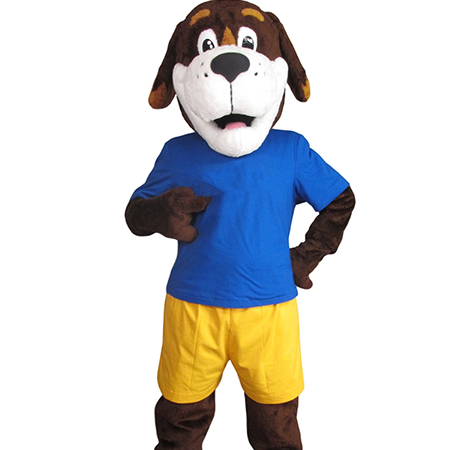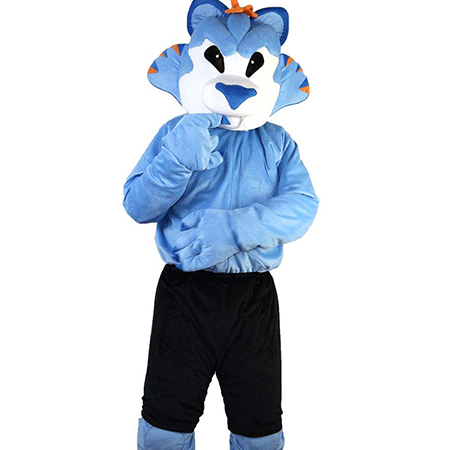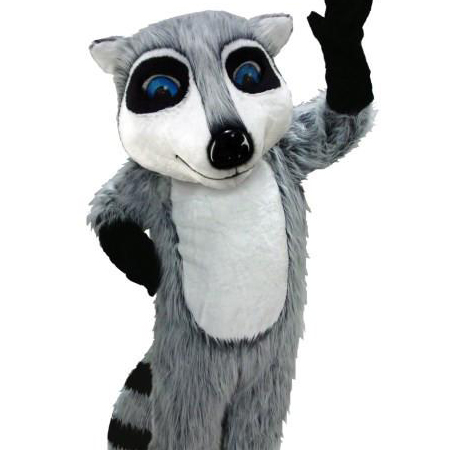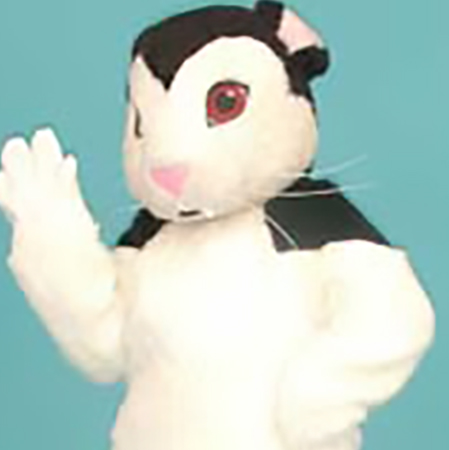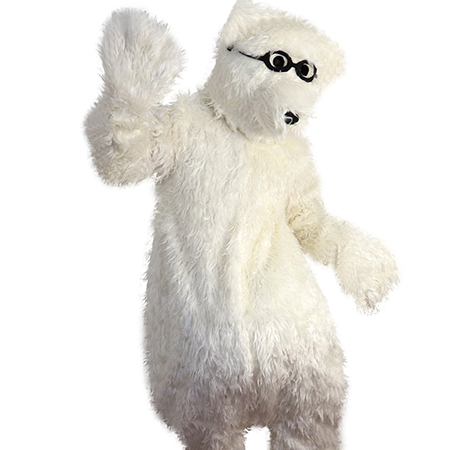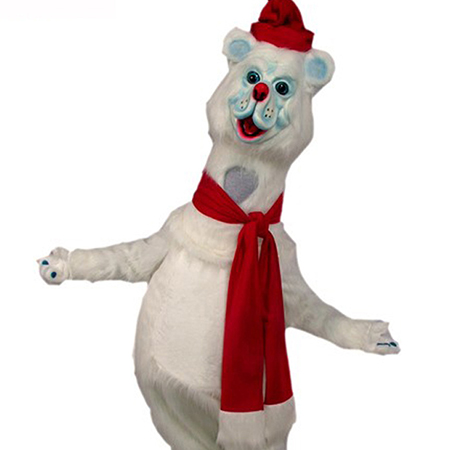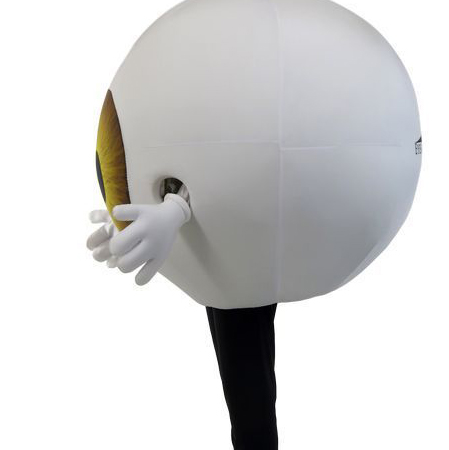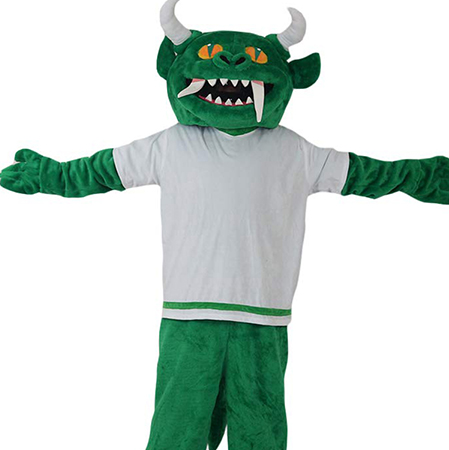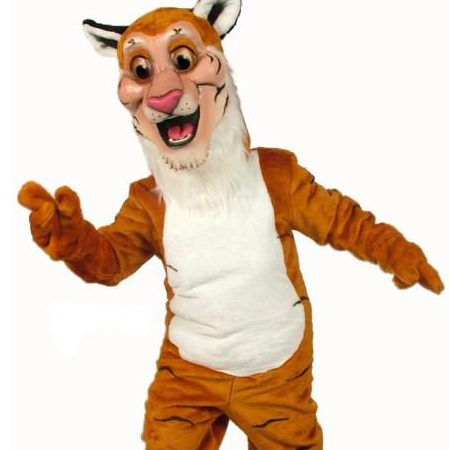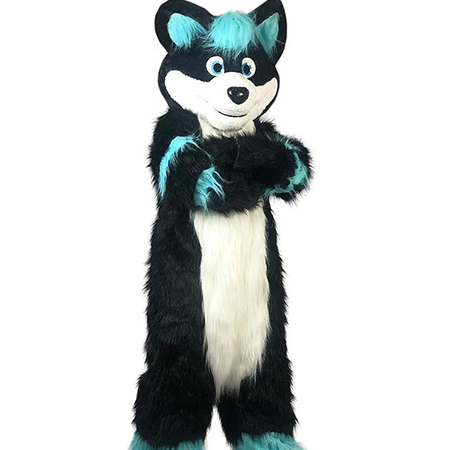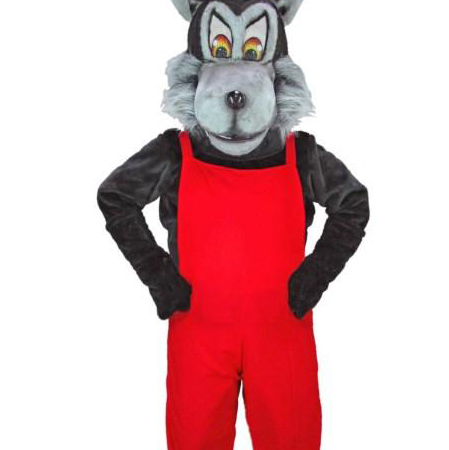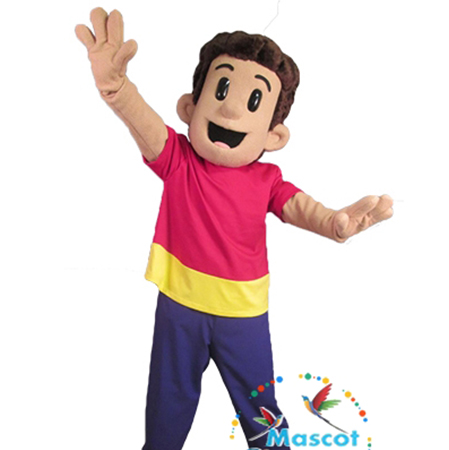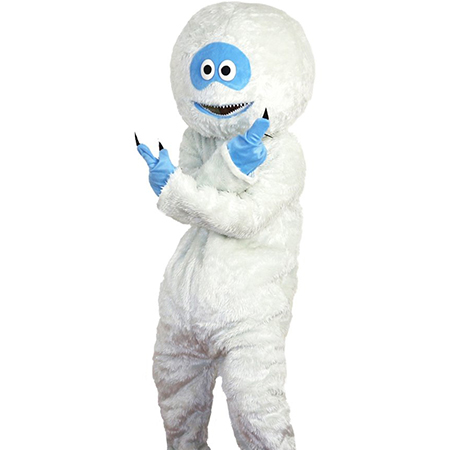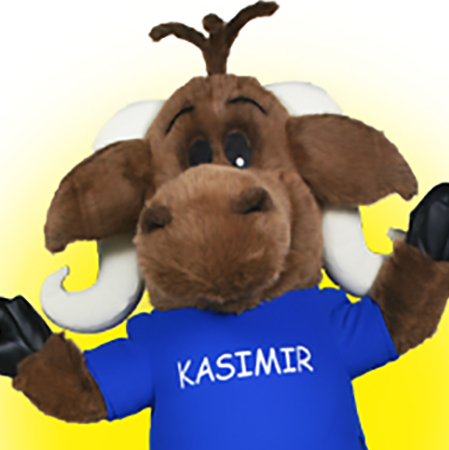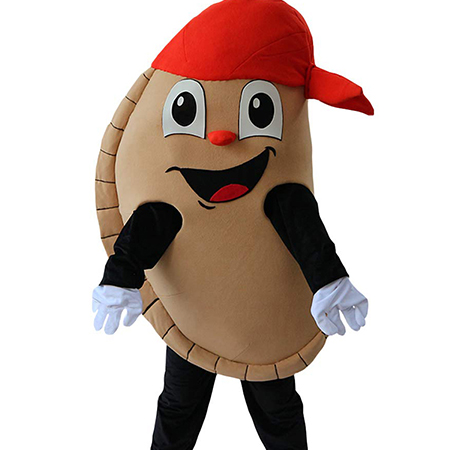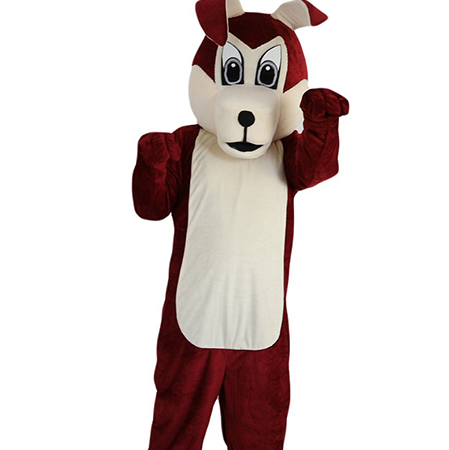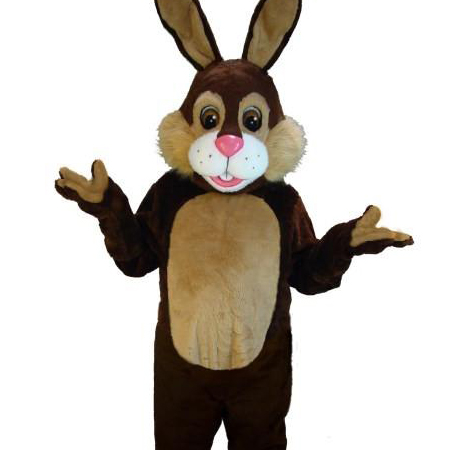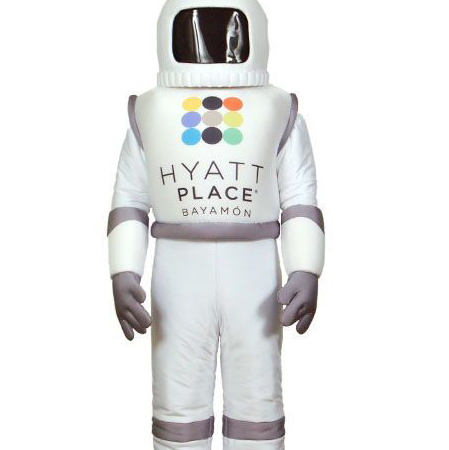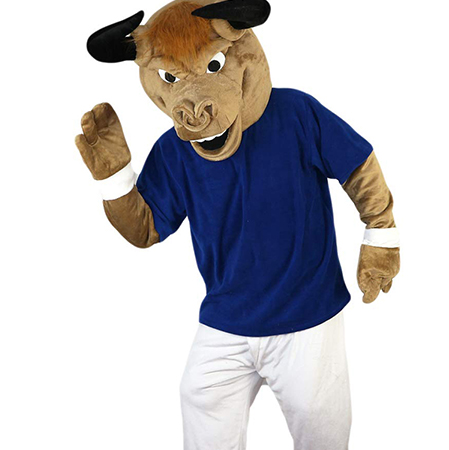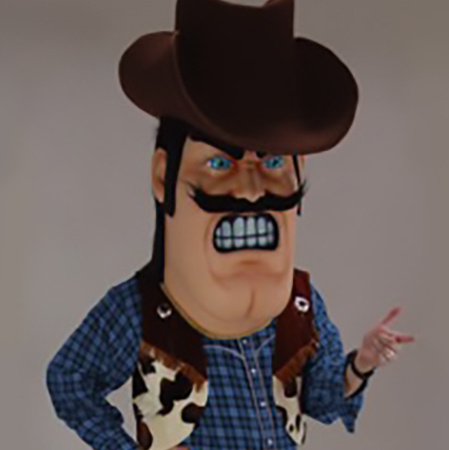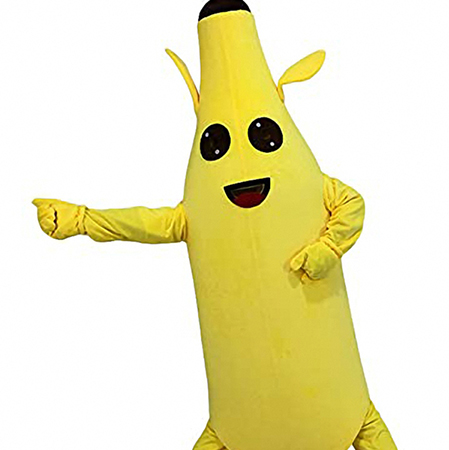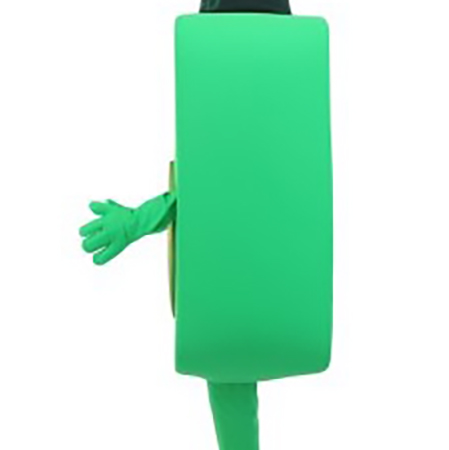Incorporating LED lights in mascot costumes can add a dynamic and vibrant element to any performance, making characters stand out in the crowd. This guide provides step-by-step instructions on how to effectively integrate LED lighting into mascot costumes for maximum impact and safety.
Understanding the basics of LED technology is crucial. LED stands for Light Emitting Diode, a type of semiconductor device that emits light when an electric current passes through it. These small, energy-efficient lights come in various colors and can be programmed to change patterns or intensities, making them ideal for use in entertainment settings like sports games or promotional events.
When selecting LED lights for mascot costumes, consider the type of effect you aim to achieve. For instance, flexible LED strips are perfect for creating outlines or adding accents, while individual LED modules can be used to create intricate designs or mimic eyes and other facial features. It’s essential to choose waterproof options to withstand sweat and outdoor conditions, ensuring the longevity of the lights.
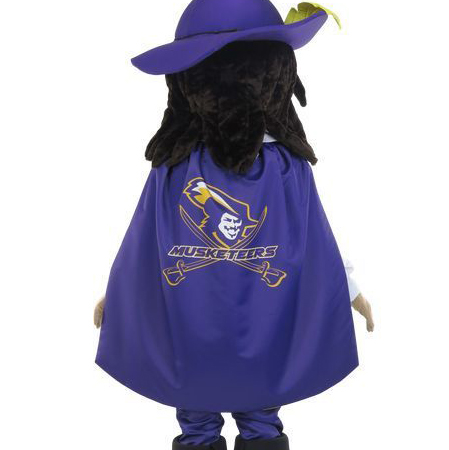
Planning the placement of LED lights is a critical step. Start by mapping out where the lights will go on the costume. Typically, areas such as the edges, joints, or specific design elements like logos or character features benefit most from illumination. Use a fabric marker or chalk to sketch out your design directly on the costume, allowing adjustments before committing to permanent installation.
Next, attach the LED strips or modules securely using adhesive backing, velcro strips, or sewing them onto fabric pockets designed to hold the lights. Ensure that all connections are secure and won’t come loose during movement. Wiring should be carefully managed to avoid tangling and ensure ease of movement. Conductive thread or specialized conductive fabric can be used to create paths for the electrical current without exposing wires.
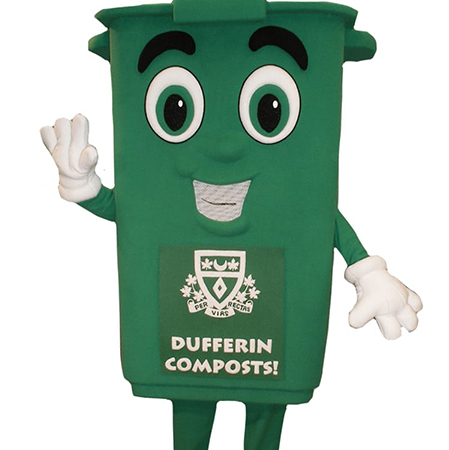
Power supply is another vital consideration. Depending on the number of lights and their power requirements, choose an appropriate battery pack. Rechargeable batteries are often preferred for their convenience and sustainability. Make sure the battery pack is lightweight and can be comfortably worn, either on the costume or by an assistant who follows the performer.
Safety cannot be overlooked when working with electrical components. Double-check all connections and ensure there are no exposed wires that could pose a shock hazard. Additionally, consider the heat generated by the LEDs and ensure proper ventilation within the costume to prevent overheating.
Testing the setup is essential before the final performance. Turn on the lights and observe how they interact with the costume and the environment. Check for any malfunctioning lights and make necessary adjustments. Practice moving in the costume to ensure the lights remain secure and do not hinder movement.
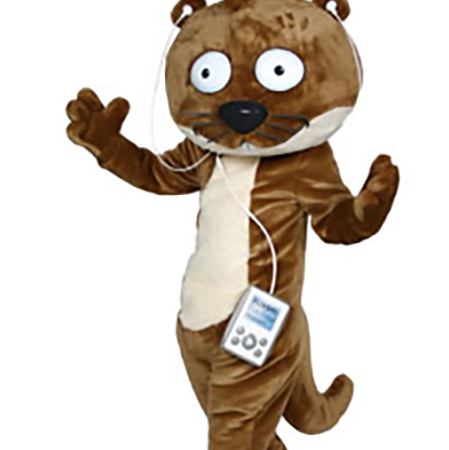
Maintenance is key to keeping the LED lights functioning well over time. Clean the lights regularly to remove dust and dirt that can affect brightness and performance. Inspect the wiring periodically for any signs of wear or damage and replace any faulty components promptly.
By following these steps, you can successfully incorporate LED lights into mascot costumes, enhancing their visual appeal and creating memorable performances. Whether for a sports event, corporate promotion, or community gathering, illuminated mascots are sure to captivate audiences and leave a lasting impression.

